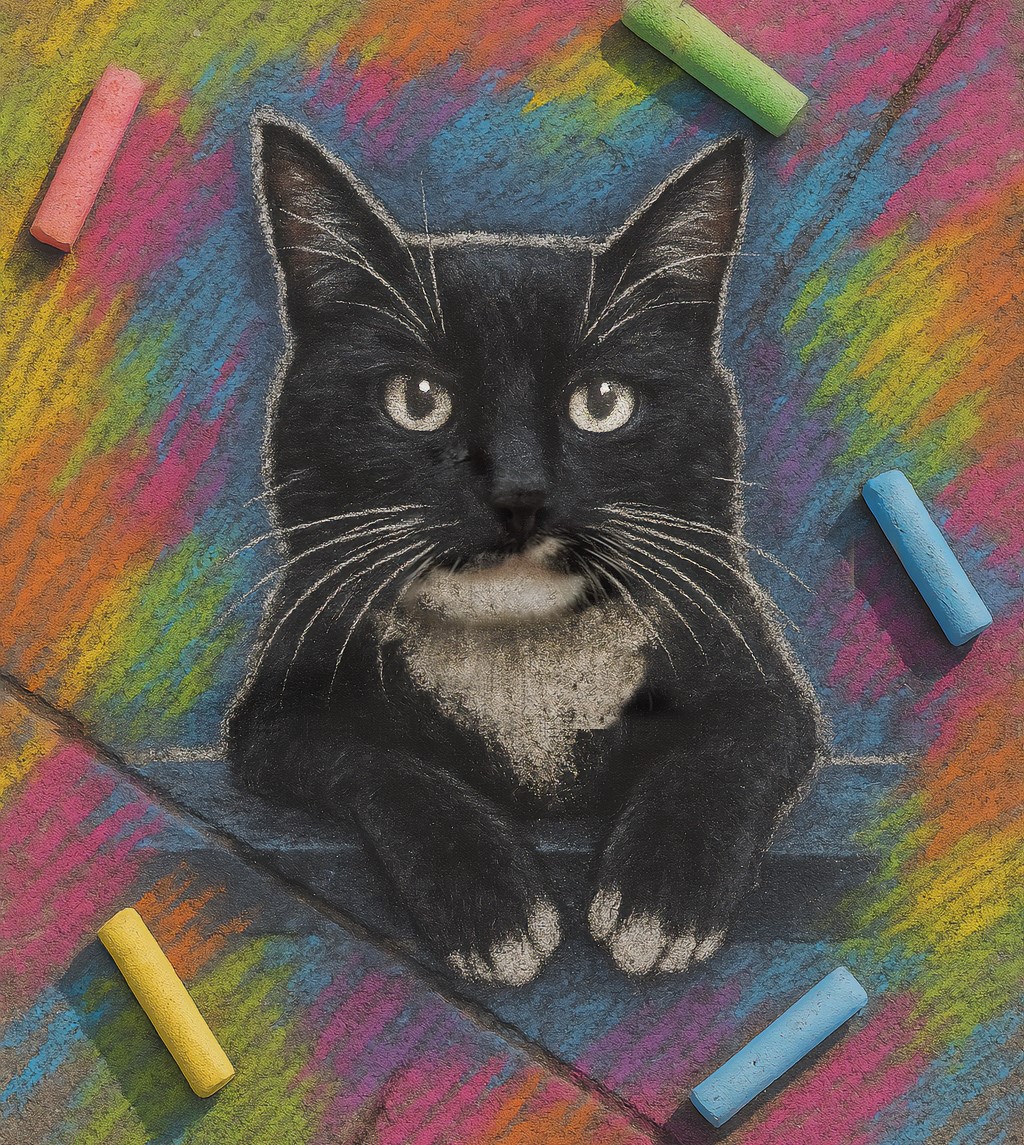Some information may be outdated.
Today, visitors to Moab marvel at the region’s wondrous geology: imposing arches, towering canyon walls, and arresting natural beauty inspire millions of travelers to visit annually.
However, decades ago, it was a different aspect of the region’s geology that lured people to town: deposits of uranium ore.
Uranium mining in the 1950s changed Moab forever and transformed the sleepy, remote desert outpost into a bustling boomtown. Although prospecting for valuable minerals had attracted ambitious men to southeast Utah for decades, it wasn’t until 1952, when Charlie Steen discovered one of the country’s richest uranium deposits, that thousands of prospectors and their families streamed into Moab. Driven by nationwide coverage of Steen’s rags-to-riches story, Moab’s population grew from 1,200 to 6,500 and boomtown Moab crowned itself the Uranium Capital of the World.
The boom created new challenges for Moab: the city’s basic infrastructure was inadequate to support the new arrivals. Residents rented out rooms and backyards for camp trailers, as there wasn’t enough housing. Increased demand caused water shortages in parts of town and the sewer system often backed up. Schools had to operate with multiple shifts and there was a waiting list for making phone calls. Despite the problems, many Moab residents remember the boom years fondly as an exciting, prosperous time with plenty of work and parties to attend.
Uranium’s legacy wasn’t all positive, though. Boomtown affluence was followed by an economic bust, costly environmental impacts, and lasting health effects for some workers.
The boom changed Moab forever. As the city emerged with improved infrastructure, more businesses, and prospecting roads exploring much of the surrounding country, it was poised to capitalize on the next boom: recreation.
Though much has changed in the decades since the uranium boom, the region’s unique geologic resources—from uranium deposits in the past to photogenic rock formations today—have long shaped the human experience and economy of Moab.
The Moab Museum is dedicated to sharing stories of the natural and human history of the Moab area. To explore more of Moab’s stories and artifacts, find out about upcoming programs, and become a Member, visit www.moabmuseum.org.
Appreciate the coverage? Help keep local news alive.
Chip in to support the Moab Sun News.





